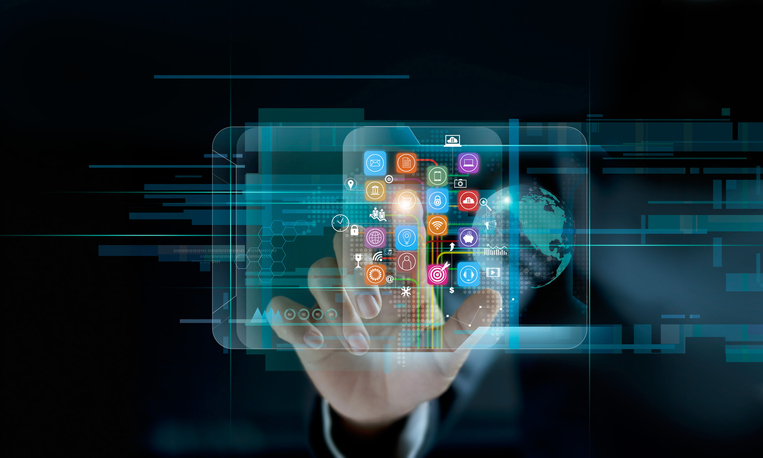By Oddmund Braaten, CEO of Multilingual event technology and services provider, Interprefy.
There is no denying that artificial intelligence (AI) is one of the most transformative technologies of our time, with applications in industries ranging from medical research to self-driving cars.
AI offers massive market potential, with its size expected to grow from $40 billion in 2022 to over $1.3 trillion by the end of this decade.
Popular AI programs such as Open AI’s ‘ChatGPT’, Google’s ‘Gemini’, and Snapchat’s ‘My AI’ have expanded the public’s imagination of this technology and its vast potential. But with concerns that AI could put millions of people out of work and exhibit signs of unconscious bias against minority groups, there is a controversial side to this technology.
Understandably, some people are fearful of AI’s rapid advancement.
Although AI does have evident flaws, it is important to remember that we are only in the early stages of the development of this technology.

Over the next few years, it is my firm belief that many of the negative connotations currently associated with AI will have simply been teething problems, constrained to the history books.
Another thing to keep in mind is that it is how people use new technologies that truly matters. For example, the invention of the motorcar in the late 1800s radically transformed how humans got from A to B and is an innovation that still plays a crucial role in modern society.
But when people drive dangerously, there can be a dark side to cars.
I expect we will see the same thing with AI – there will be instances when people use the technology for the wrong reasons. However, on the whole, it will positively impact our lives in the decades to come.
My view is that, if used responsibly, AI can be a force of good for human civilisation. In particular, an innovation like AI-powered speech translation has the potential to break down language barriers and ultimately bring people of all languages together.
Take, for example, Non-Governmental Organisations (NGOs) that use AI translation. With just 17% of the world’s population able to speak English, being able to understand and help people from all corners of the world with limited resources can be highly challenging. Using AI translation services, NGOs, companies, and institutions with tight budgets can unlock new ways to communicate in cost-effective ways.
Thanks to AI’s ability to understand and translate different languages, accents, and dialects in real time, people can access information, even if they do not understand the language of the speaker.
AI speech translation is straightforward to get up and running. And because this technology can facilitate multiple languages in a single meeting, everyone can understand and participate in any world event, gain new knowledge and forge new relationships.
For example, thanks to AI, schools, colleges, universities and NGOs can take inspiration and knowledge to every corner of the world and everyone can now follow a lecture in the language of their choice.
AI speech translation will also transform the global business landscape. Multi-national companies with employees in multiple parts of the globe can communicate in a dozen languages. Most humans cannot speak all these languages, and as a result, the global corporate culture of a company may feel fragmented.
However, this technology allows all international employees to understand and communicate with each other.
When you consider the vast use cases of AI speech translation software, I think it is fair to say AI has the potential to bring people and companies together rather than creating divisions and societal issues.
Of course, for AI to become and remain a force for good, companies must take several steps. First, they need to be clear about how they are using AI and communicate the benefits of technology with all stakeholders.
People are naturally scared and hesitant about change, so being open and transparent about this technology is critical.
But as companies develop and adopt AI solutions, they must set clear guidelines to ensure the technology is applied and used ethically – that way, everyone will benefit from AI.







